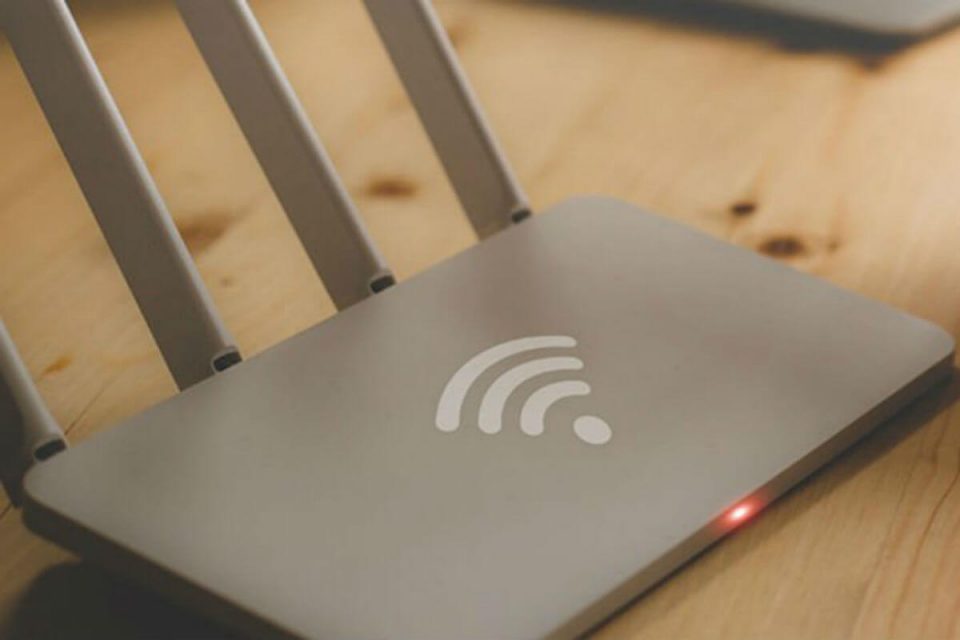The number of internet users in Australia increased by 265,000 from 2019 to 2020. This growth has resulted in Internet service providers offering a variety of pre-packaged deals when it comes to broadband services. Comparing broadband plans and rates is as simple as entering your postcode and choosing from the several options that pop up.
Before you begin comparing, there are a few things you need to know about the different plans. Internet providers have various plans based on the varied needs of customers.
Table of Contents
Unlimited Plans
An unlimited plan gives you the relief of not having to worry about extra charges once you have used the data limit on your plan. The plan is ideal for households that have multiple users, especially teenagers. With schools and offices shifting online, most students and office-goers use the internet for study or work, respectively. An unlimited plan will allow the entire household to use the internet on different devices.
Bundle Plans
A bundle plan is usually when your phone and broadband are clubbed together. A single service provider will provide both the landline telephone and fixed broadband services. You will also receive a single bill for both connections. Typically, a fixed broadband connection will allow one user access only, but you can speak with your service provider to give you more broadband connections.
Wireless Or Wi-Fi Plans
A wireless or Wi-Fil plan involves you installing a modem router in your house so that all the devices can connect wirelessly to the modem or router. Local internet providers will include the cost of the modem and router in the installation charges. The devices may or may not be returnable, depending on the contract you sign with the service provider.
Streaming Plans
Streaming plans come in handy when you either don’t want to get cable or can’t get it. These plans allow you to connect a smart TV to the internet and stream live TV or entertainment services such as Netflix, Presto, Youtube, etc. You can set a data limit for the month or get an unlimited plan.
These services usually allow you to pick the quality of streaming based on your data plans.
For example, Netflix has four settings. The low-quality setting will use about 0.3GB per hour, Medium quality will use 0.7 GB, and high quality will use about 3GB for HD devices and about 7GB for Ultra HD devices. The fourth setting is the automatic setting, which delivers the highest quality based on the internet speed.
No Contract Plans
As the name suggests, these plans are not binding. They can be used for one month and then stopped, or you can use them for a length of time and stop. These plans are ideal for people who travel a lot and are absent from their homes for long stretches of time.
When comparing broadband rates and plans, most people hesitate to make a quick decision due, mainly, to their inability to understand the terminology used by the internet providers.
However, when you are able to understand the terminology, it helps you select the best plan that actually gives you what you need while avoiding the expensive plans bundled with marketing gimmicks and features that you rarely use.
